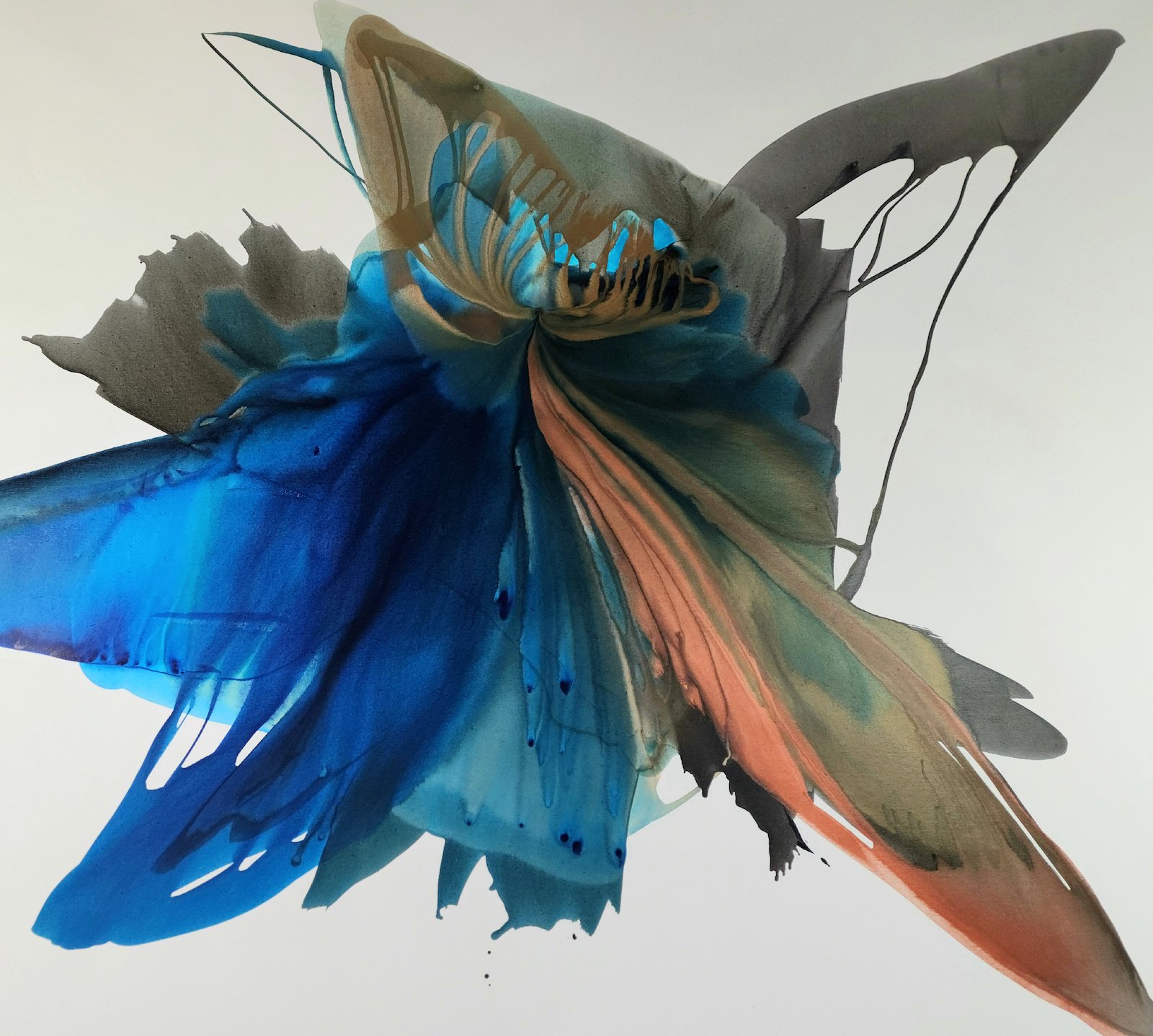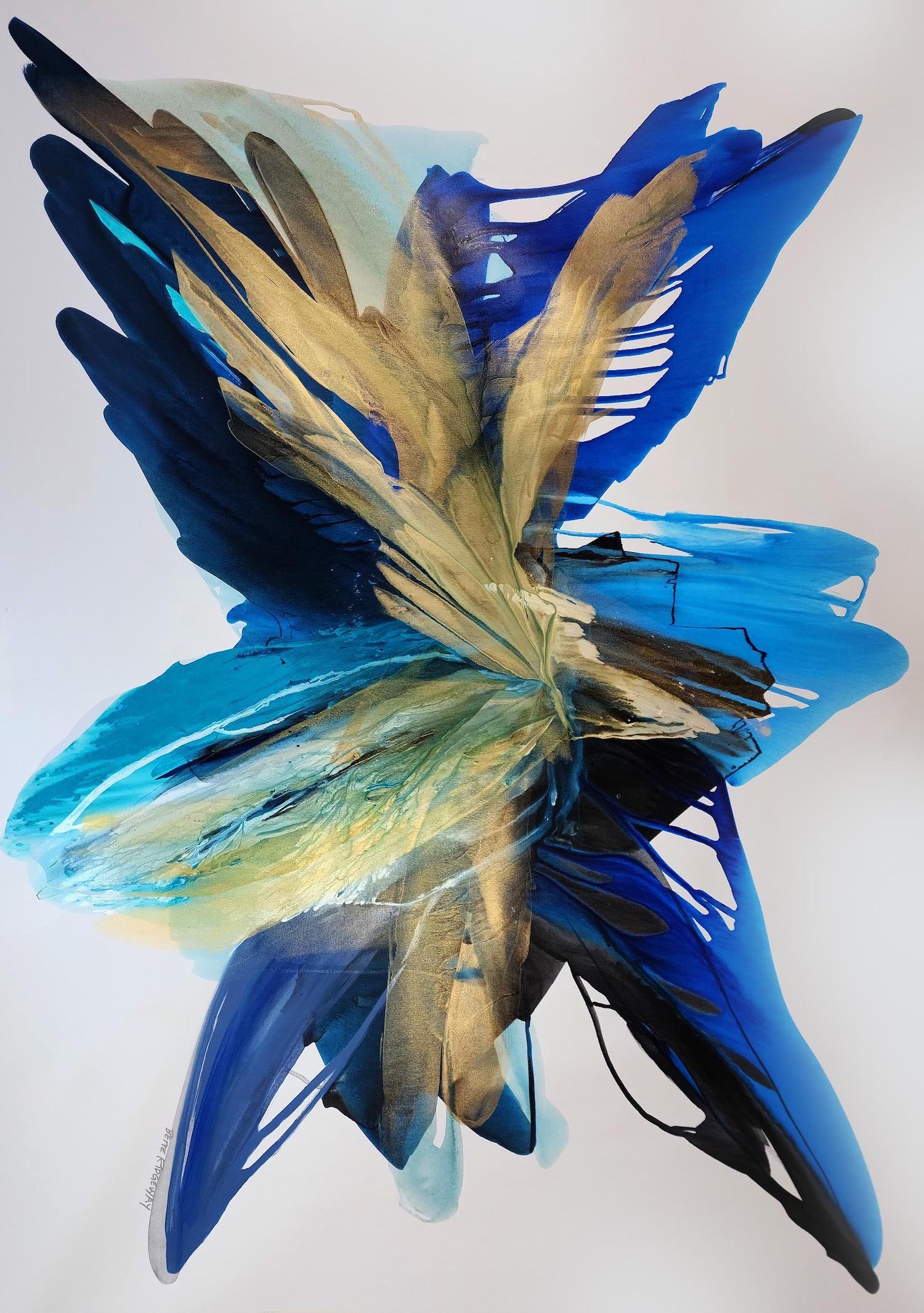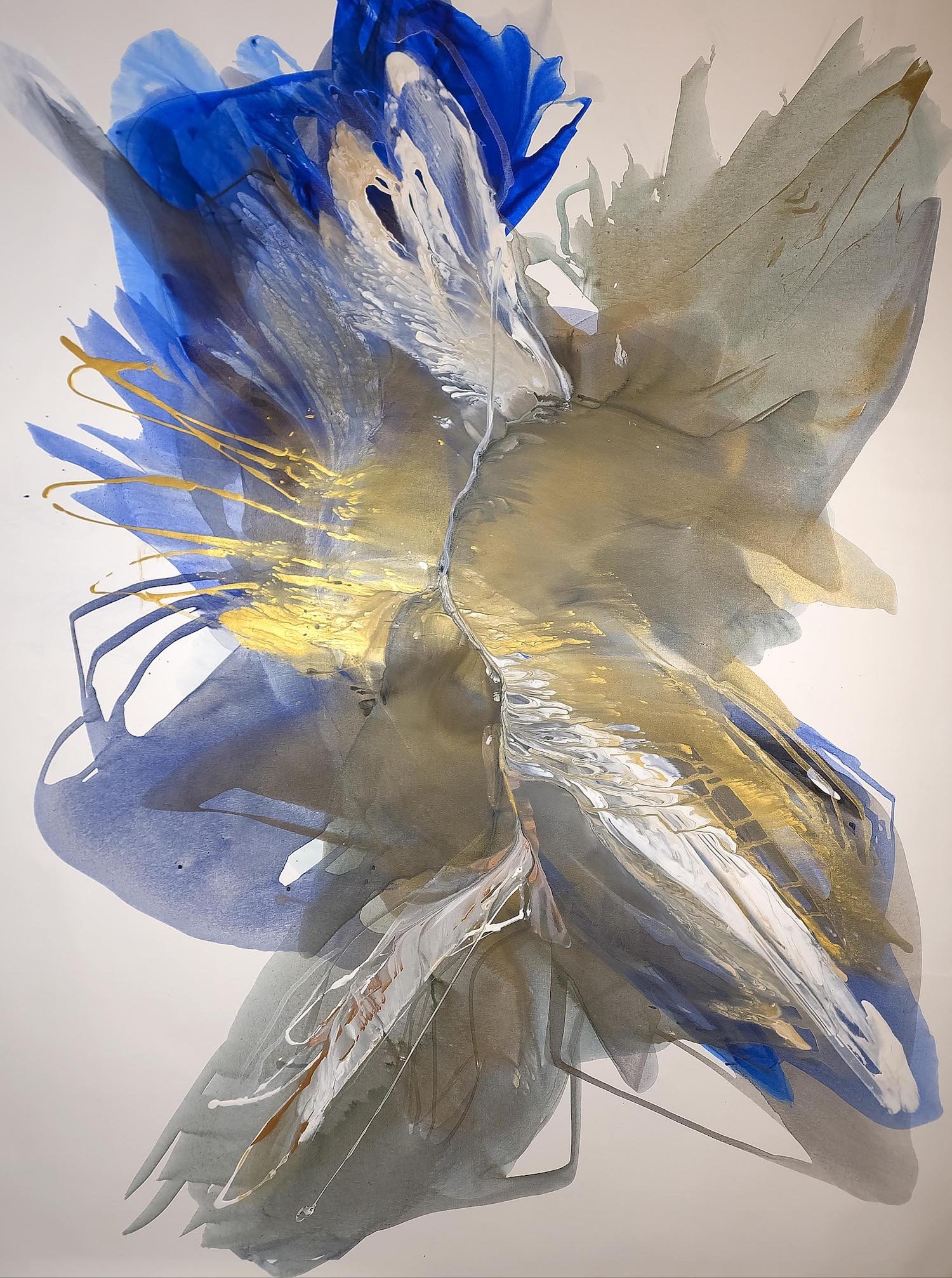Bette Ridgeway
Could you tell us about yourself and your background?
Life began in Tupper Lake, a small village in the Adirondack Mountains in New York state. Surrounded by the beauty of that pristine region, I knew I was an artist. Driven by this, I have traveled the globe; studying, painting, teaching and exhibiting my work, including lengthy stays in Tananarive, Madagascar; Canberra, Australia; and Santiago, Chile.
Since 1996 I’ve maintained an art practice in Santa Fe, NM which is the third largest art market in the US. The high desert light that attracted such artists as Georgia O’Keeffe, fuels my spirit as well.
When did you decide to pursue a career as a full-time professional artist?
Like many artists today, I raised a family and held many jobs before making the leap in 1988 to painting full time. I had been painting all my life; teaching and showing my work, but never full time. This decision faces many artists.
This is my story about how I decided to pursue art full time:
I was introduced to the internationally renowned artist, Paul Jenkins in 1978 by Jean Kennedy Smith who was the founder of the National Committee Arts for the Handicapped. I was serving as its Executive Director and CEO. Jenkins had donated a beautiful poster as a fund-raising tool for the organization. Mrs. Smith told him I was an artist and he responded by asking to see my work.
Months later, he kindly looked at my watercolors in his NYC studio. He declared that I was a colorist and to remove subject matter and focus on color, time and space. It took me nine years to figure out HOW to do that. He never taught me or how to accomplish this, however he was kind enough to review my slides. Remember the Kodak Carousel? I went through hundreds of miles of canvas and gallons of paint during those years. I told myself that my studio was a laboratory in which to try everything without judgement. People thought I was behaving like a mad scientist, as I was so driven. I still have dozens of journals from those days. I wrote as I worked. I critiqued every painting with a stern eye.
In 1988 Jenkins reviewed my new slides and called immediately to say, “You are ready for a show”. I nearly passed out. I guess I was doing something right! Ha.
His encouragement gave me the impetus to take my portfolio around to galleries. One beautiful contemporary gallery in Alexandria, Virginia asked to keep my portfolio overnight. Remember in those days, portfolios were photographs. We had to shoot the painting, have the film developed and pray that the colors would come out perfectly.
To my utter surprise, that Alexandria gallery, FOTA, called to ask if I could be ready for a show in one month. One of their artists had backed out and they needed to fill a prime-time slot. Of course I said yes. Then I worked around the clock and prepared 22 large painting for the show.
At the opening, people were lined up around the block. A gorgeous invitation had been sent to the gallery’s collectors. Paul sent an enormous floral arrangement, in white, with a note that read, “Break a leg”. I still have that note tucked away.
Unbelievably, the show sold out, and that was the beginning. I learned that perseverance is almost more important than talent. I named my book on marketing for artists “Talent is Just the Beginning” for this reason.
That memorable solo show in 1988 positioned me for a long and rewarding career.
What does your artwork aim to say?
My art is an authentic exploration of color and emotions. I want my work to lift the sprit. If I’m lucky enough, the viewer will connect with a memory, a thought or an emotion. They will see beyond the obvious and take a moment to reflect. Perhaps they will even be moved.
How do you stay motivated and productive in your art practice?
That’s never an issue. I only hope I have enough time to pursue all my ideas.
I do a short meditation before beginning of each day in the studio. The goal is to
create an opening; a space, so that the painting can come in. After setting up the
canvas, I mix the colors in 9 oz. plastic cups. I put my entire focus on the colors and
the density of the pigments. The density and the velocity of the pours are
important to the success of the work. I allow myself to become at one with the
paint and the canvas.
Often, I observe that I am a channel. The work just comes through me. It is not
mine. It is meant to go out into the world.
How has your artistic career progressed and changed over time?
When I was putting my most recent art book together, I realized that although the work changed over time, the common theme is color. The imagery has evolved and the technique has become more refined. I have studied color for fifty years and I know that colors produce a vibration, therefore we tap into that vibration.
Who are your biggest influences?
Paul Jenkins, obviously, and most of the Abstract Expressionists. Helen Frankenthaler, Elaine and Bill De Kooning, Jackson Pollack, Joan Mitchell, Grace Hartigan, Lee Krasner and others of that mid-century timeline. It was after WWII and they were motivated to break away from European art to establish a powerful American genre. I urge my students to study them, not just for the art they created, but for their strength and perseverance. Remember, since they lived through the Great Depression they experienced great financial and emotional challenges. As a group they supported one another; sharing meals, ideas and art supplies. They fed off each other’s ideas and critiqued one other’s work. This collegial group pushed one another to dream big.
I see that you have used water media from the beginning of your art career. Is there significance in that?
Since I am an Aquarius, I am happiest around water. The symbol for Aquarius is the Water Bearer, symbolically and eternally giving life and spiritual food to the world. “The water from the vessel washes away the past, leaving room for a fresh start”.
I consider my art, after decades of painting to be life giving and spiritual food. My collectors tell me this, and I have come to believe it. Are you aware that water has memory? Check out Masaru Emoto’s film about water on YouTube. Emoto shows how words, thoughts and emotions have an effect on water. I can testify to the fact that my mood, my intention and my attention to detail play a key role in the making of my art.
I meditate while setting up of canvas and mixing of the pigments - often with rainwater. Often the results are intriguing amazing.
Some examples:
One piece didn’t seem finished after weeks of work. Then one day, boom, there it was. I called it Magma Rising. Later in the day, I learned that a volcano had erupted in Iceland (Dec 2021).
In another instance, I poured a strong red and deep blue onto the canvas. Then very spontaneously I grabbed some dark grey and threw it over the red and blue. A television in the corner was on mute, but I looked over and the assault on the US Capitol was happening. I continued watching this horrific event unfold throughout the day.
When I went back into the studio the next day, the painting said it all. The American flag was being decimated.
This happens frequently.
What are your long-term goals for your career?
At this stage I am looking at my legacy. How will my work have relevance over time? Who will manage my estate?
My entire focus is to work every day knowing that this very physical effort cannot go on forever. I’m fully committed to stay strong mentally and physically in order to keep this dream alive.
My newest work in which I have incorporated metallic pigments is truly an expression of my very own. I honestly believe that my work is entering a more complex and emotionally powerful phase. It will be interesting to see how far I can take this.











